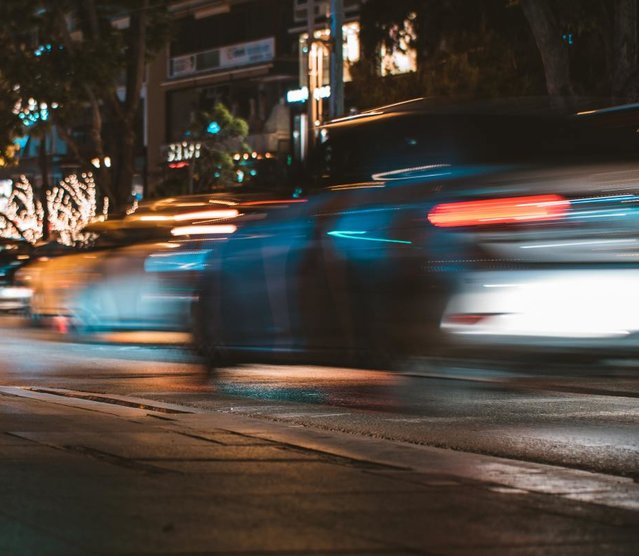
10 Safety Tips For Driving After Dark
Did you know that your depth perception, peripheral vision and ability to differentiate colors are significantly reduced in low-light conditions? Add to that the tendency to be more tired at night, and it’s easy to see why night driving is such a challenge for so many of us. That doesn’t mean you shouldn’t venture out after dark. Simply follow these 10 safety tips to help you get to your destination safely once the sun goes down.
1. TEST YOUR VISION
If you wear prescription glasses and struggle to see at night, you may need a different prescription for night driving. Schedule an eye test and talk it over with your eye doctor.
2. LOWER YOUR SPEED
When visibility is diminished, it can be difficult to judge your distance from other cars or objects. By slowing down, you increase your ability to manage your vehicle if you need to brake suddenly.
3. GIVE YOURSELF ROOM
Instead of following the two-second rule, allow three seconds between you and the car ahead.
4. KEEP YOUR WINDSHIELD, HEADLIGHTS, AND MIRRORS CLEAN
At night, visibility is already an issue. Don’t make it worse with dirty glass.
5. PRACTICE GOOD HEADLIGHT ETIQUETTE
High beams are great when it’s dark and no one else is around, but at the first sign of oncoming traffic, you should switch to low-beam lights. If a car approaches you with high beams, turn your eyes to the white line at the right edge of the road. Don’t harm your eyes by staring at the beam.
6. BEWARE OF NIGHTCRAWLERS
Pets and wildlife on the road cause 1,000 car collisions per year in the City of Ottawa. Many dogs, cats, squirrels, deer, moose and even elk have surprised unsuspecting drivers after dark.
If you think an animal is on the road ahead of you, do not swerve out of your lane and risk driving into oncoming traffic. Instead, slow down and honk your car horn.
7. LOOK OUT FOR OBSTRUCTIONS
Expect to maneuver around rocks, trees or mud on the road when you travel through mountains or hillsides.
8. DON’T DRIVE WHEN SLEEPY
If you can’t stop yawning, blinking or nodding, you are too drowsy to drive. Pull off the road in a safe place and take a 20-minute nap before continuing to drive.
9. DON’T DRINK BEFORE YOU DRIVE
Day or night, it’s never a good idea to drink alcohol before you drive. At night, the sedative properties of alcohol make it difficult to stay awake in addition to impairing your ability to drive.
10. STAY VISIBLE
Make sure your headlights are in proper working order and always turn them on after dark. If you have an issue that requires you to slow down or pull to the side of the road, use your emergency flashers.
According to Transport Canada, 40 percent of all traffic fatalities are the result of night driving. Use these tips to make safety a priority the next time you travel at night!